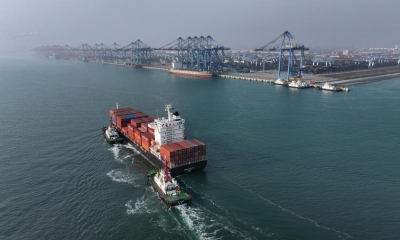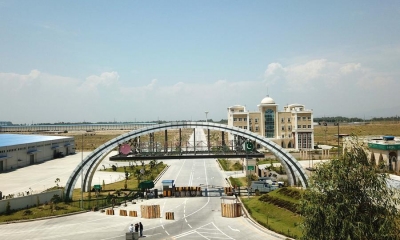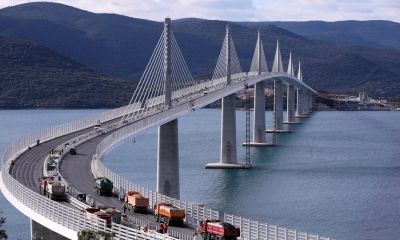Facts Bust Myth of “Overcapacity”
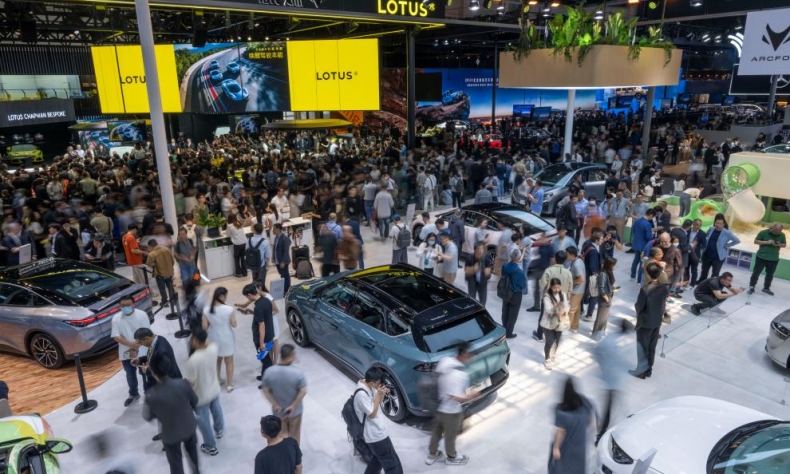
A closer examination reveals that China’s high-quality production capacity is not a surplus, but a valuable asset for the global economy.
As the world grapples with the existential threat of climate change, China is emerging as a shining example of innovation and leadership in clean energy. Despite this, the United States has launched a barrage of criticism, accusing China of “overcapacity” in new energy production. But is this critique rooted in reality or is it a thinly veiled attempt to stifle China’s contribution to global effort to ensure a carbon-neutral world?
The recent remarks by U.S. Treasury Secretary Janet Yellen demonizing China for baseless “overcapacity” mantra in new energy have sparked a heated debate. A closer examination reveals that China’s high-quality production capacity is not a surplus, but a valuable asset for the global economy.
While, European Commission President Ursula von der Leyen also jumped on the bandwagon, arguing that the necessity of the EU to take a tough stance in its dialogue with China over what the EU perceived as “unfair trade practices”, echoing the “overcapacity” charge against China by the U.S. The concerns by EU about China’s “overcapacity” distract from its own economic structure and industrial competitiveness. The EU’s “de-industrialization” and lack of innovation in key digital areas, such as artificial intelligence and semiconductors, hinder its green industries’ development. In 2007, the EU’s manufacturing added value accounted for 16 percent of its GDP, but this number remained stagnant at 15 percent in 2020, despite the EU’s “re-industrialization” strategy. The Russia-Ukraine conflict in 2022 led to a new round of “de-industrialization” in Europe, with high energy prices and inflation causing many enterprises to reduce or shut down production. In 2023, Germany saw a 23.5 percent year-on-year increase in corporate insolvencies.
The notion of “overcapacity” is a misnomer. The global demand for renewable energy is skyrocketing. China’s production capacity is in high gear to meet the needs of its own rapidly transitioning energy sector as well as the world’s growing requirements.
The West’s mantra of “overcapacity” is a lame excuse to disguise protectionist sentiments and hinder China’s rise as a clean energy leader. It overlooks the fact that global cooperation and trade are essential for addressing the existential threat of climate change. By embracing China’s production capacity and collaborating on clean energy initiatives, the world can accelerate the transition to a sustainable future.
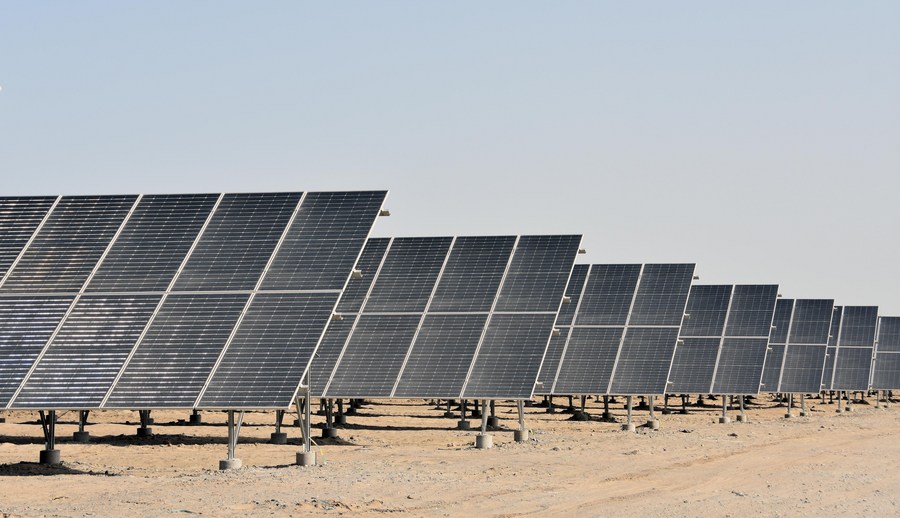
China is spearheading the global transition to renewable energy with remarkable prowess, driving down costs and making clean energy more accessible to developing countries. With a staggering 40-70 percent cost advantage in renewable energy compared to other Asia Pacific markets, China’s unwavering commitment to a sustainable future is truly admirable. The country’s solar power costs plummeted by 23 percent in 2023, with further declines of 20 percent expected by 2030. Meanwhile, wind power costs are also poised to drop by 30 percent by 2030, solidifying China’s leadership in the renewable energy sector. As fossil fuel costs continue to rise, with coal and gas generation costs up 12 percent since 2020, China’s visionary efforts to harness the renewable energy power are a shining example for the world to follow.
The West’s protectionist stance on China’s new energy sector is also counterproductive, as it hinders the global transition to a low-carbon economy. By restricting trade and investment, Western countries are slowing the deployment of clean energy technologies and undermining global efforts to combat climate change. Instead, they should engage in constructive dialogue and collaboration to address concerns and promote a level playing field.
In 2023, clean energy contributed a record 11.4 trillion yuan ($1.6 trillion) to China’s economy, accounting for 40 percent of the country’s economic growth. Clean energy investment rose 40 percent year-on-year to 6.3 trillion yuan ($890 billion), driving growth across the Chinese economy. Without the growth from clean-energy sectors, China’s GDP would have missed the government’s growth target of “around 5 percent,” rising by only 3.0 percent instead of 5.2 percent.
China’s clean energy sector is also driving innovation, with the country leading the world in renewable energy patents. From 2016 to 2022, China accounted for 37 percent of global renewable energy patents, while the U.S. and EU are lagging far behind. This innovation is critical for addressing the climate crisis, as it enables the development of new technologies and solutions.
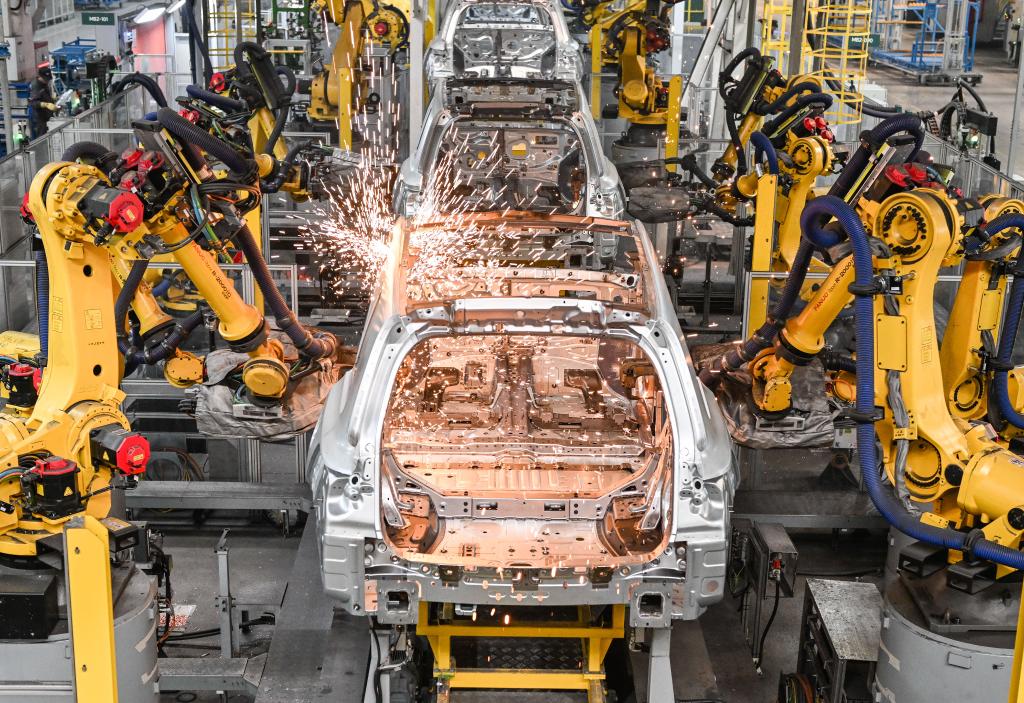
The U.S. is lagging behind China in the EV and solar panel industries due to its short-term focus, while China prioritizes long-term goals. The world benefits from increased adoption of green technologies, but the U.S. only supports this progress if it maintains a leading position. This selfish approach leads to ineffective decisions and undermines global trust. The U.S. needs new ideas, but the current administration is just blaming China to hide its poor policies and lack of capacity.
China is spearheading international cooperation on renewable energy, with its expertise and experience making it a vital player in the global transition to sustainable energy. Despite the West’s attempts to discredit China’s efforts with the “overcapacity” narrative, China is leading the way in reducing emissions and driving down costs of clean energy technologies. China’s green capacity is the “magic weapon” for addressing global energy challenges, and its cooperation with international organizations like IRENA is crucial for achieving global climate goals. The 26th World Energy Congress has acknowledged China’s pivotal role in driving the global energy transition, with Saudi Aramco CEO Amin Nasser praising China’s efforts in clean energy and emissions reduction. China’s contributions have made solar panels and EVs more accessible to global consumers, and its green capacity is essential for addressing the severe shortage of green energy worldwide.
The U.S. has strengthened its industrial policy through government intervention, providing subsidies to 49 industries, and enacted the Inflation Reduction Act, which targets Chinese electric vehicles. This has distorted fair competition and will disrupt global supply chains and violate WTO rules. The U.S. strategy aims to contain China’s industrial development, promote reshoring, and limit China’s technology progress. The “overcapacity” narrative is crafted to curb China’s industrial upgrading and safeguard Western interests. China’s high-quality production capacity in new energy is a valuable asset for the global economy, supporting the transition to a low-carbon future. The West’s claims of “overcapacity” are unfounded and misguided, reflecting a narrow, protectionist mindset.
The article reflects the author’s opinions, and not necessarily the views of China Focus.
 Facebook
Facebook
 Twitter
Twitter
 Linkedin
Linkedin
 Google +
Google +




